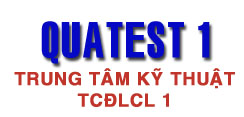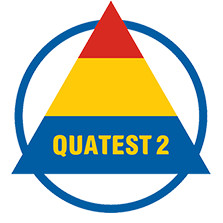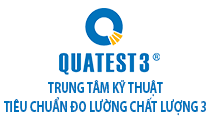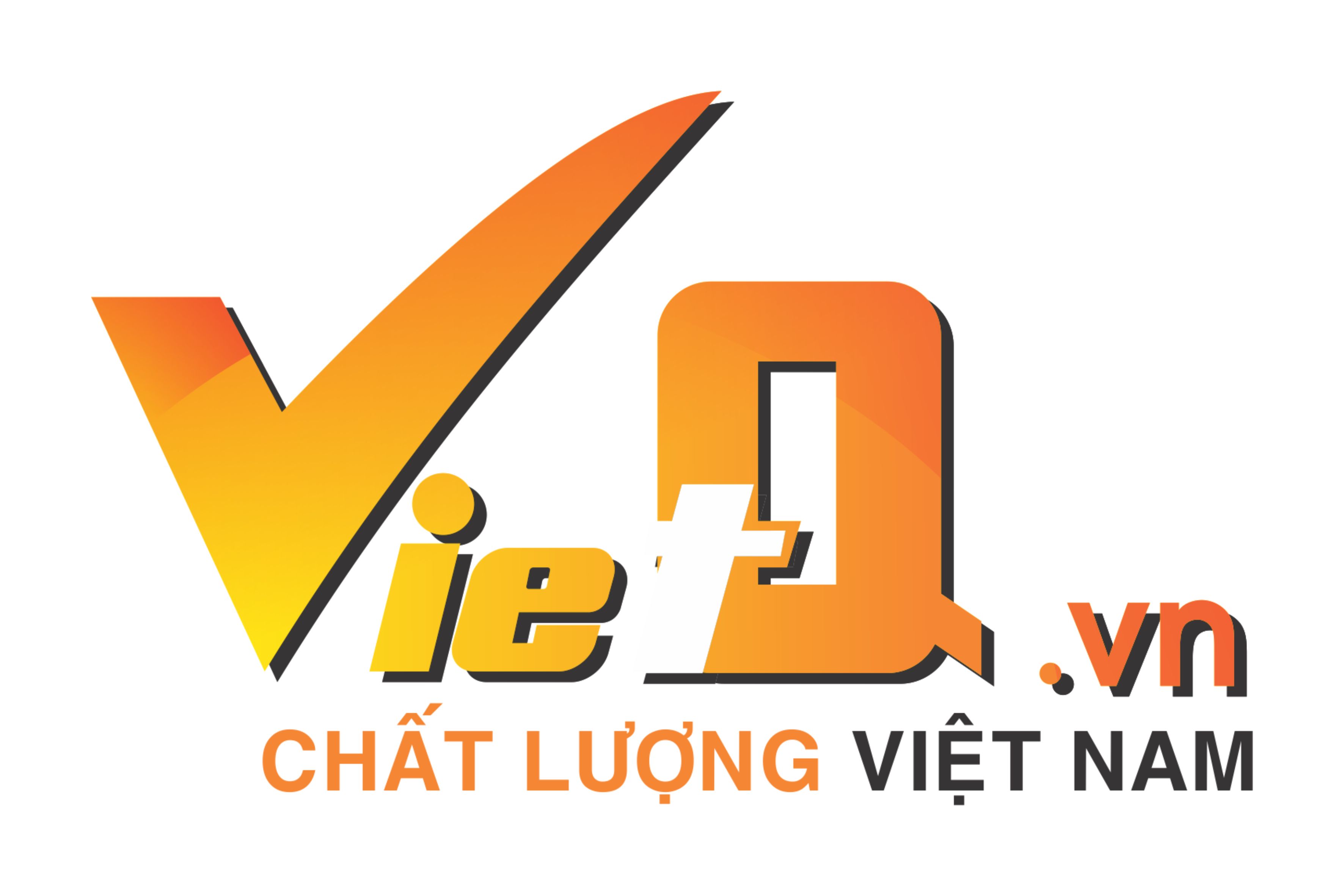Disseminating knowledge related to productivity and quality: Lean Manufacturing
Post date: Friday, Nov 24, 2023 | 18:47 - View count: 298
On 24th November, within the framework of the Support Program for Students on Productivity and Innovation activities, Directorate for Standards, Metrology and Quality (STAMEQ) organized a virtual training session about Lean Manufacturing.
Attending the online training session were Dr. Ha Minh Hiep – Acting General Director of STAMEQ, Mr. Pham Le Cuong – Deputy Chief of STAMEQ Administration Department, and more than 1,300 lecturers, young profesionals, students at 27 universities and colleges from North to South of Vietnam. Namely as, Academy of Journalism and Communication; Thuyloi University; Academy of Finance; Hanoi Industrial Textile Garment University; East Asia University of Technology; Foreign Trade University; Vietnam Russia Vocational Training College No.1; College of Industrial and Constructional; Mientrung Industry and Trade College; Dong A University; University of Economics, Hue University; Ho Chi Minh city University of Technology, Vietnam National University Ho Chi Minh city; Ho Chi Minh City University of Industry and Trade; Foreign Trade University (campus II); Thu Dau Mot University; Tra Vinh University; Viet Nam National University, Ha Noi; Binh Duong University; Vietnam – Singapore Vocational College; Vinh Long University of Technology Education; Nam Dinh University of Technology Education; University of Economics – Technology for Industries; Nha Trang University; University of Khanh Hoa; Ho Chi Minh Communist Youth Union of Yen Bai Province; Nam Dinh Department of Science and Technology and Ho Chi Minh Communist Youth Union of STAMEQ.
At the training session, Mr. Vu Thanh Huyen – expert consultant at VNPI presented Lean – The mindset of minimizing costs to increase productivity. According to experts, to put it simply, Lean is a model that includes systematic improvement principles and tools, focusing on creating value from the customer’s perspective and eliminating waste in products. or providing services by an organization. Lean helps increase the ability to use resources, shorten production and service delivery cycle times to provide products and services that meet customer requirements without any waste through through continuous process improvement.
In Lean production, the value of a product is determined by the customer; the product must meet customer needs in terms of quality, time and price. To evaluate value from the customer’s perspective, companies must thoroughly analyze every business process, determining what is the value in the production and service delivery process. Lean is first about understanding all the activities needed to create a specific product, then optimizing the entire process from the customer’s perspective. This perspective is very important because it helps identify which activities really create value, which activities do not create value but are necessary, and which activities do not create value and need to be eliminated.


Also according to experts, Lean has 5 principles, of which principle 1: Eliminate waste base on the customer’s demand.
The first principle of lean product is to eliminate waste, any activity that does not add value to the final product should be eliminated.
Principle 2: Determine and set the diagram string value
The value chain is a set of sequential activities of every department in the organization related to the process of providing products/services, from input raw materials to production until finished products. product is delivered to the customer. Analyzing the entire product line will help detect waste and non-value-added activities.
Principle 3: Continuous process of producing products
Once the flow diagram value has been established for a specific product, waste types are eliminated step by step. The product manufacturing process will be a continuous stream, not blocked for any reason.
Principle 4: Pulling Production system
The pull mechanism in production plays a decisive role in eliminating unnecessary inventory for semi-finished products between measurements
In order to give students better understandings about this week’s topic, the experts have given many illustrative examples in some companies in Vietnam and in other countries to give students a direct view more clearly, from which it can be recognized and applied to their future life and work.
The virtual training session kept attendees engaged and received lots of interesting questions from students. All questions have been satisfactorily answered by STAMEQ experts.




















